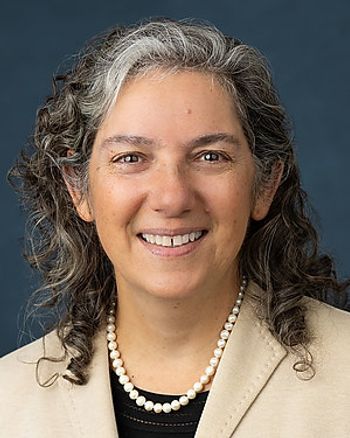
JAMA Study: Oncology Care Model Cost Medicare $315.6 Million
Per episode saving of $297 during the first three years of the value-based care model were offset by $704 in payments for enhanced services to the 201 participating practices, study finds.
The Oncology Care Model, the CMS’s leading value-based care experiment in cancer care, resulted in only modest cost savings and wound up costing the Medicare program $315.6 million over a two-and-a-half-year period, according results of one of the most thorough studies of the program reported in
The 201 practices that volunteered to participate in the model spent $297 less per six-month episode of care than 534 practices in a comparison, reported
The Oncology Care Model (OCM), which was launched in 2016, is being replaced by the Oncology Care First (OCF) model, and there are significant differences between the two. Still, results by Keating and her colleagues cast some doubt on value-based care and whether it can achieve the kind of savings that its proponents have hoped for.
An accompanying editorial noted, though, that new and expensive immunotherapy and targeted therapies were introduced during the period when practices were participating in OCM. Those new therapies constrained the ability of oncologists to make cost-saving substitutions, wrote
The researchers found no difference between the OCM practices and the comparison group of 534 practices in hospitalizations, emergency department visits or survival. There was also no difference between the OCM practices and the comparison practices in most of the quality and patient experience measures. Osarogiagbon and his colleagues that finding was important because of apprehension that the financial incentives in value-based care would result in poorer outcomes and negative patient experiences.
Keating and her colleagues conducted their research by adding up Medicare Part A, B and D claims for cancer and noncancer care during a cancer episodes. The beginning of episodes were also identified through claims. All episodes in their study had an evaluation and management claim that included a cancer diagnosis. The study included 987,332 episodes overseeen by the 201 OCM practices and 1,122,597 episodes overseen by the 534 comparison practices.
The average payments were per episode among the OCM increased from $28,681 to $32,211, a difference of $4,530 during the first three years of the OCM model that this study included. Average payments to the comparison practices increased from $28, 421 to $33,429,a difference of $4,828. The difference between $4,530 and and $4,828 is $298, which is the overall difference Keating and her co-authors reported in the abstract (they reported $297; the $1 is apparently result of some rounding in the table where they presented their findings about the payment differences).
The overall difference obscures some important differences. For example, the per episode payments for higher-risk cases to the OCM increased by $503 less than over the three model years than the increase in payments to the comparison practices for a comparable period ($6,763 vs. $7,266). Payments to OCM increased a slower rate than the comparison practices for four common types of cancer: lung, lymphoma, colorectal and high-risk breast.
For the lower-risk episodes, it was the opposite story: The payments to the OCMs increased by $151 more than than the payments to comparison practices. The new OCF model, the start of which was delayed because of the COVID-19 pandemic, is not going to include low-risk episodes. It's possible the that the financial outcomes for the OCF will better than they were for OCM because the low-risk cases won't be included.
Part B payments make up 60% of the total episode payments, noted Keating and her colleagues, and increase in payments to OCM practices were $175 less than they were to the comparison practices ($2,846 vs. $3,021). But it was lower spending on nonchemotherapy drug, not chemotherapy drugs that account for the difference, they noted.
Most of the utilization, patient experience, and survival metrics showed no difference between the OCM practices and the comparison group, despite the enhanced services that the OCM provided. There were a few exceptions. The OCM practices ordered fewer imaging services and their patients were less likely to be hospitalized in the last 30 days of life.
Newsletter
Get the latest industry news, event updates, and more from Managed healthcare Executive.

















































